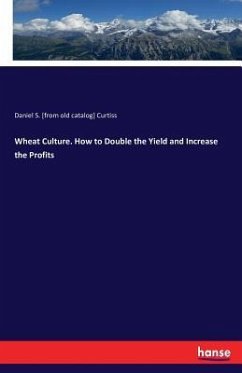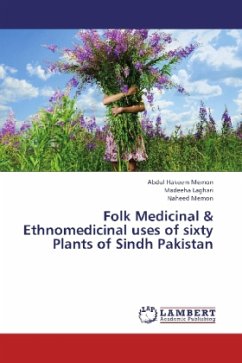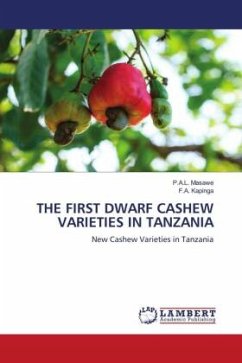In Pakistan, wheat being the staple diet is the most important crop and cultivated on the largest acreages. It contributes 14.4 percent to the value added in agriculture and 3.0 percent to GDP. Over the past three decades, increased agricultural productivity occurred largely due to the deployment of high-yielding cultivars and increased fertilizer use. With the introduction of semi-dwarf wheat cultivars, wheat productivity has been increased in all the major cropping systems representing the diverse and varying agro-ecological conditions. Improved semi-dwarf wheat cultivars available in Pakistan have genetic yield potential of 6-8 tones per hectare whereas our national average yields are about 2.7 t/ha. A large number of experiment stations and on-farm demonstrations have repeatedly shown high yield potential of the varieties. There are progressive farmers of irrigated area who are harvesting 6 to 7 2.7 t/ha. However, farmers yield ranges 0.5 to 1.3 t/ ha depending on the amount of rainfall in rainfed areas and in irrigated areas it ranges from 2.5 to 3 t/ ha depending upon the amount of water available and other factors. Source: Pakistan Agricultural Research Council








